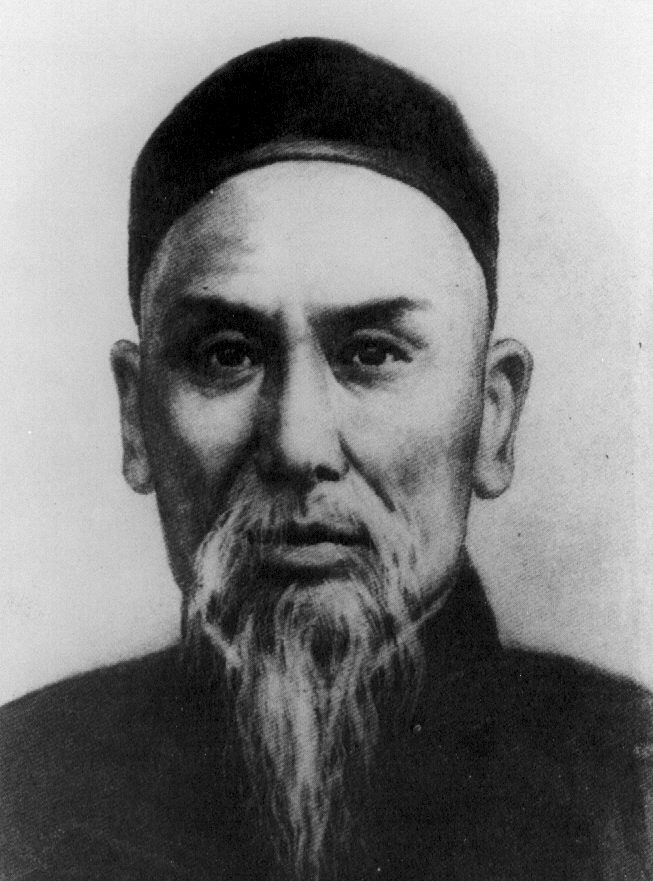Niall Keane wrote:cloudz wrote:Hey Niall, that was my mistake then if that's not how you refer to Yin and Yang portions - no doubt they have been layed out differently. But the point stand that there are 12 static and twelve moving. I am not the only person with some knowledge of the set who sees them as essentially the same thing.
For the record I have trained with Niall who wrote the article you linked earlier. You should just spend the six or seven pounds and see for yourself how similar it is.
As for the rest, I suggest you get over it man - this shit does not give you any super powers. The set is aggrandized by Docherty group way more than it deserves to be in my opinion. Having bought the cool aid, it doesn't surprise me that my opinion wouldn't go down to great with you.
take it easy tough guy
There are 7 static in total throughout the 24 not 12. As a fantasy swordsman once said: "I don't think it means what you think it means" ;-) it doesn't sound like you have done them?
It's been a while to be fair and I have done too many postures and exercises to remember them all, so perhaps my memory is failing me... Maybe this is the original yours was ripped from ?





